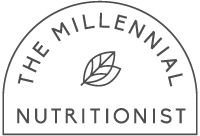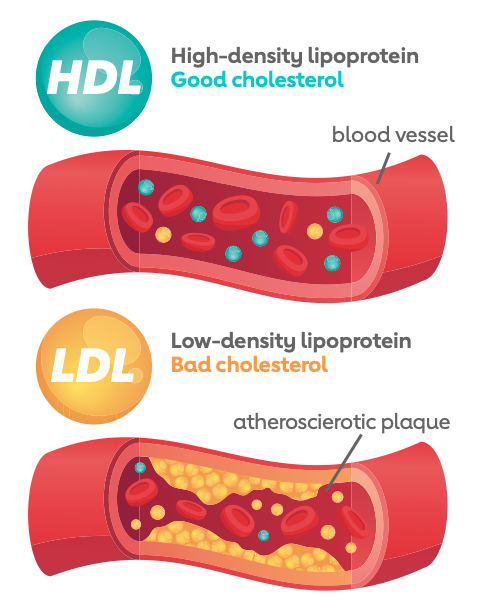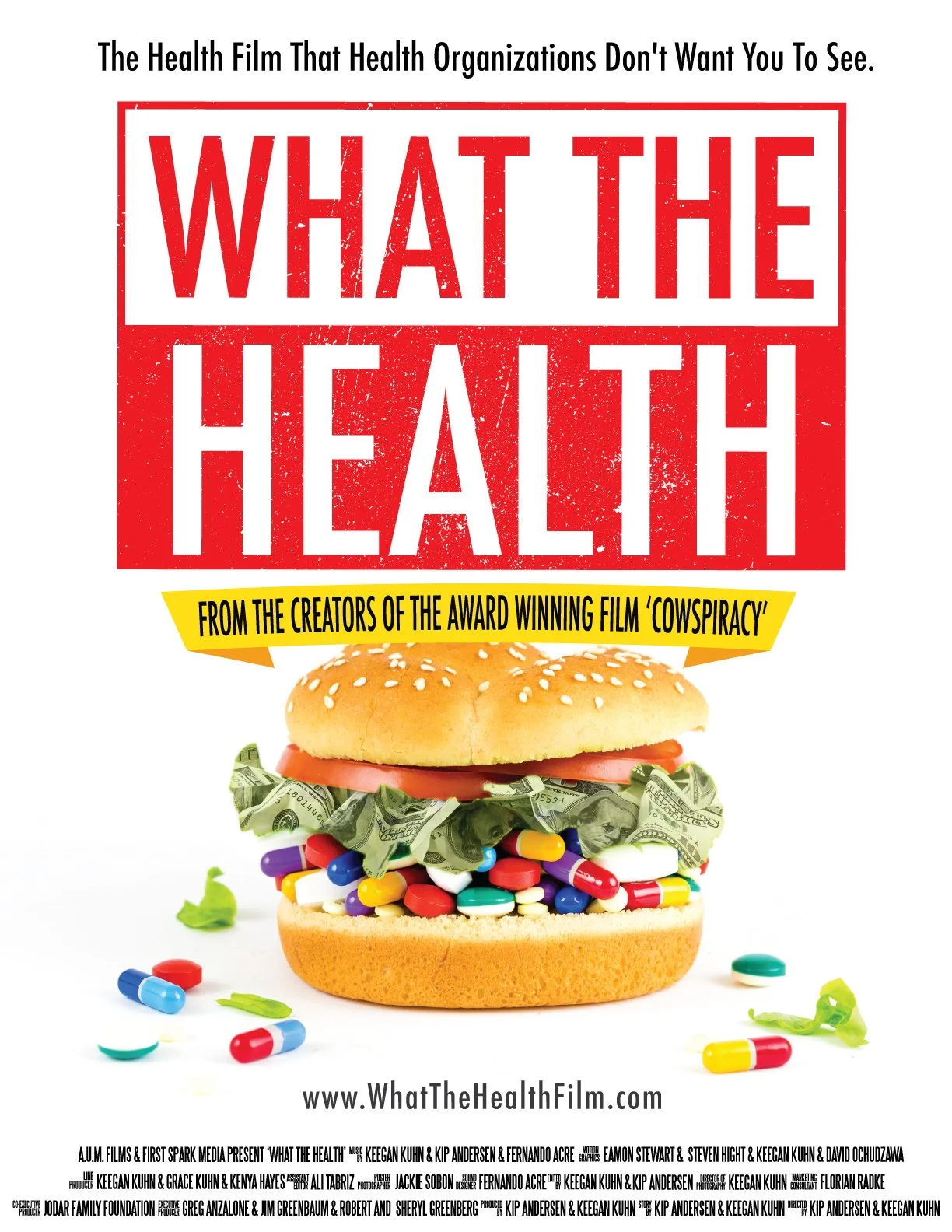How to Decrease Cholesterol
Written by Margaret (Maggie) Prosser, BS, CPT
In the realm of cardiovascular wellness, keeping an eye on your blood lipid levels is paramount. High levels of cholesterol and triglycerides, known as blood lipids, can significantly increase the risk of heart disease and stroke. However, the good news is that through lifestyle modifications and dietary changes, it's possible to positively influence these lipid levels and promote a healthier heart.
Here we will understand blood lipids, explore the factors that influence them, debunk some cholesterol myths, and uncover actionable strategies to lower them without medication. Whether you're looking to manage your cholesterol levels or simply striving for overall heart health, the insights shared here will serve as a guide on your quest for optimal well-being.
Not all cholesterol is created equal.
Cholesterol is a type of fat from animals that has a complex structure. It has a role in cell membrane structure and the construction of vitamin D and hormones including progesterone, testosterone, and estrogen. Hormones are necessary for our health and well-being. That said, not all cholesterol is bad. There are different types of cholesterol such as LDL cholesterol, HDL cholesterol, and dietary cholesterol. LDL and HDL cholesterol are not present in food. They are strictly made in our body.
LDL cholesterol stands for low-density lipoprotein cholesterol. It's often referred to as "bad" cholesterol because high levels of LDL can lead to the accumulation of cholesterol in the arteries, which can increase the risk of heart disease and stroke. LDL carries cholesterol from the liver to cells throughout the body, but if there's too much LDL in the bloodstream, it can deposit cholesterol on the artery walls, leading to plaque buildup and narrowing of the arteries (atherosclerosis). This can ultimately restrict blood flow and increase the risk of cardiovascular problems.
HDL cholesterol stands for high-density lipoprotein cholesterol. It's often referred to as "good" cholesterol because it helps remove LDL cholesterol (the "bad" cholesterol) from the bloodstream, thus reducing the risk of plaque buildup in the arteries and lowering the risk of heart disease and stroke. HDL acts as a scavenger, picking up excess cholesterol from cells and tissues, including from the walls of arteries, and transporting it back to the liver where it can be broken down and removed from the body. Higher levels of HDL are associated with a lower risk of cardiovascular disease.
image via American Heart Association
Monitoring both HDL and LDL cholesterol levels, along with other lipid profiles, is essential for assessing cardiovascular health and managing the risk of heart disease and stroke. At an annual physical, your physician will usually take blood to test your lipid profile. A complete lipid profile blood test measures total cholesterol, LDL cholesterol, HDL cholesterol, triglycerides, non-HDL cholesterol, and triglyceride-to-HDL ratio. Triglycerides make up most of food’s fats, called dietary fats.
Actionable Steps
Below are some realistic steps you can take to lower your cholesterol without medication.
Decrease trans fat and saturated fat in your diet. Nutrition facts panels will list both trans fats and saturated fats. Try to completely avoid trans fats and decrease saturated fats to only 5-6% of your daily calories.
Increase your omega-3 intake. We have a blog post listing sources of omega-3s.
Increase your soluble fiber intake. Soluble fiber binds LDL cholesterol to inhibit absorption. Soluble fiber acts like kid’s slime that was dropped on the ground. The fiber picks up dirt it touched on the ground. The combination of soluble fiber and cholesterol turns into a gel during digestion and is then excreted out. Some food sources of soluble fiber include beans, lentils, edamame, oats, brussels sprouts, sweet potatoes, avocados, chia, apples, and carrots. I believe this is one of coolest functions of fiber in our bodies.
Include whey protein in your diet through dairy products. Research has shown whey protein lowers LDL cholesterol.
Exercise. Moving your body increases levels of HDL cholesterol.
Quit smoking. Cigarette smoking reduces HDL cholesterol levels and mutilates its structure causing dysfunction in its atheroprotective properties, increasing your risk for heart disease.
Lose weight. That’s why we are here! Work with a registered dietitian and/or personal trainer to reduce your weight and BMI.
Drink in moderation. Overuse of alcohol can lead to serious health problems including high blood pressure and heart failure.
Try a fiber supplement. If you struggle to increase your soluble fiber through your diet, try a fiber supplement like Metamucil once per day. Metamucil contains psyllium, a soluble fiber that helps lower cholesterol.
Should I avoid dietary cholesterol? (Stop demonizing eggs.)
To reiterate, dietary cholesterol does not function the same in your body as blood cholesterol (HDL and LDL). For years, it was believed that dietary cholesterol added to blood cholesterol levels. Recent research has found dietary cholesterol is not the problem. Current literature has found foods rich in dietary cholesterol are usually also high in saturated fat, with the exception of eggs and shrimp. Eggs and shrimp are sources of dietary cholesterol but are not high in saturated fats. Eggs are often demonized due to their cholesterol in the yolks. But dietary cholesterol does not add to your blood cholesterol levels. Do not fear eggs! Eggs are a convenient, accessible source of protein and biotin.
Final Thoughts
Cardiovascular disease is the leading killer in the United States. Unlike some other chronic illnesses, cardiovascular disease is highly preventable. For more resources, check out the American Heart Association's website.
Starting your weight loss journey can be intimidating, but don’t worry! Click here to learn more about how The Millennial Nutritionist can pair you with a nutrition professional to get you on track to your goals in a healthy and sustainable way.
Check out the rest of our blog posts for more ideas on weight loss!
References
American Heart Association. HDL (good), LDL (bad) cholesterol and triglycerides. American Heart Association website. Updated February 19, 2024. Accessed February 20, 2024. https://www.heart.org/en/health-topics/cholesterol/hdl-good-ldl-bad-cholesterol-and-triglycerides.
Amirani E. Milajerdi A, Reiner Z, Mirzaei H, Mansournia MA, Asemi Z. Effects of whey protein on glycemic control and serum lipoprotein in patients with metabolic syndrome and related conditions: a systematic review and meta-analysis of randomized controlled clinical trials. Lipids Health Dis. 2020;19:209. doi: 10.1186/s12944-020-01384-7
Callahan A, Leonard H, Powell T. Nutrition: Science and everyday application. Open Oregon Educational Resources; 2020.
He B, Zhao S, Peng Z. Effects of cigarettes on HDL quantity and function: Implications for atherosclerosis. J Cell Biochem. 2013;114:2421-2436. doi: 10.1002/jcb.24581
Heart UK The Cholesterol Charity. What is cholesterol?. Heart UK website. Accessed February 18, 2024. https://www.heartuk.org.uk/cholesterol/what-is-cholesterol#:~:text=Cholesterol%20and%20another%20type%20of,including%20LDL%20and%20HDL%20cholesterol.
Mayo Clinic Staff. Can lifestyle changes benefit your cholesterol? Mayo Clinic. September 2, 2022. Accessed February 21, 2024. https://www.mayoclinic.org/diseases-conditions/high-blood-cholesterol/in-depth/reduce-cholesterol/art-20045935.
Soliman GA. Dietary cholesterol and the lack of evidence in cardiovascular disease. Nutrients. 2018;10(6):780. doi: 10.3390/nu10060780






